Verizon 4G LTE: Two Datacards and a WiFi Hotspot Massively Reviewed
by Brian Klug on April 27, 2011 12:11 AM EST- Posted in
- Smartphones
- Samsung
- Verizon
- LTE
- 4G
- Pantech UML290
- USB551L
- Mobile
- MDM9600
More SCH-LC11
So this brings me to my other chief complaint about the SCH-LC11. Even when connected to the beefiest of chargers, I found that the hotspot actually discharges faster than it can charge when it's connected to 4G LTE and actively serving clients with data. Remember that the USB charger that the hotspot ships with is 0.7A, 5V (3.5W). I tried the beefy 10W iPad charger, my similarly beefy 10W car charger, and a more generic 5W USB charger, and all failed to keep the SCH-LC11 from discharging while plugged in and transacting data. That’s positively mind-blowing to me.
For a while now, I’ve been secretly (well, not really secretly) running a fourth test on phones and wireless devices to measure WiFi hotspot battery life. Historically, WiFi tethering has been brutal on battery life, and I devised a test that I think is reasonably representative. For this test, I have two tabs of our standard page load test, and another two with flash, for a total of four tabs loading through a few dozen pages every 10 seconds. In addition, I have a 128kbps MP3 audio stream from smoothbeats.com playing in the background to keep data active constantly. There’s just one wireless client with a 802.11n WiFi card connected, though all this traffic reasonably approximates a few wireless clients all transacting data.
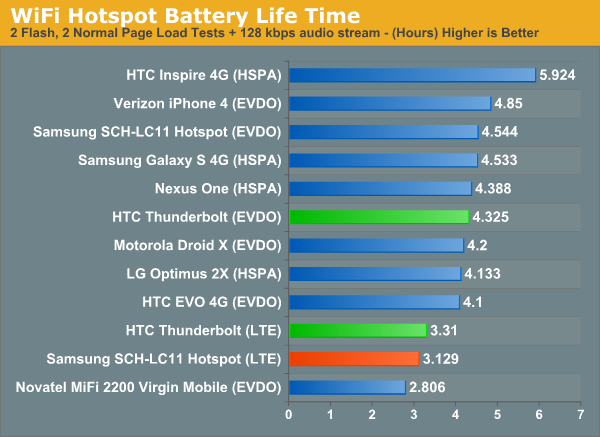
My initial battery life test results for the SCH-LC11 were actually thrown off because I expected it to have fully charged the device while I was using it and plugged in. About a half hour of use, and I was down to 82 percent in spite of being plugged in. I’ve seen the SCH-LC11 also discharge on EVDO, though it doesn’t happen nearly as rapidly as it does on LTE. I didn’t do enough testing to find out whether the device will eventually settle on some equilibrium, or discharge all the way to 0, which could make things frustrating if you intend on using the SCH-LC11 as your primary connection. Again I’m just confused as to why both the default charger is so small at 0.7A and why the device doesn’t fully follow the USB charging spec and draw more current from my other 10W USB chargers.
Under power is the ability to set different auto power off timeouts, and a much appreciated "never" setting. I’ve put together a full gallery of the configuration pages for the SCH-LC11.
SCH-LC11 Disassembled
I did decide to open up the SCH-LC11 as well, to see what WiFi chipset and device architecture is behind the web interface. Construction of the SCH-LC11 lends itself to easy disassembly, with no void stickers atop screws. Just four screws and some easy plastic tabs, and the thing comes open.
There’s a bottom plastic ring that has an antenna flex cable for WiFi and two gold pads. That antenna runs some length down the side of the device.
There’s one monolthic PCB that spans the entire device and immediately makes it pretty apparent why the Samsung hotspot is larger than the older MiFi which packed the PCB alongside the battery. There’s a modular antenna assembly that snaps onto the PCB and two gold contacts. Again two antennas are required for celluar right now thanks to the MIMO requirement in LTE. The EMI cans on the top and bottom of the board are super easy to remove and just snap on or off.
Inspecting the PCB we can see at the very center the Qualcomm MDM9600 which runs the show. Top left is a Qualcomm PM8028 PMIC which does power management and status LED control. Left of it is the hotspot’s internal configuration reset switch, and to the right is microUSB. To the right of the MDM9600 is a Qualcomm RTR8600 multi-band/mode RF transceiver for LTE bands, and down below it sits an Avago ACFM-7107 quadplexer.
Finally at the other side of the board is the SCH-LC11’s WiFi chipset, the Qualcomm WCN1312, which provides 802.11b/g/n support on the 2.4GHz band.
Finally on the reverse side of the board is a 1Gb (128MB) NAND for the MDM9600. There's more shots of everything in the gallery.
The Samsung SCH-LC11 is almost entirely Qualcomm design wins. I’m a bit surprised that the MDM9600 can drive the entire device management config and network routing without use of an external application processor, since I was under the impression that support for device manufacturers to use the onboard ARM core would only come in the next refresh of Qualcomm’s MDM lineup with MDM9615 and MDM8615. There is a marking difference however betwteen the markings on the MDM9600 inside the USB551L datacard and the SCH-LC11; the former is marked A2W126.0, the latter A2W206.0, which looks something like a hardware version system. Perhaps support for using the ARM processor came later and Samsung leverages that. Either way, to me it’s impressive that NAT routing and firewall rules are being handled at speeds sometimes over 20Mbps with no dedicated application processor.
Network performance on the SCH-LC11 is on par with other LTE gear overall, though a bit slower as I’ll show in the next section. Where the device really shines however is stability. I’ve found that both of the USB modems intermittently disconnect and sometimes require an unplug, replug, and search for device to regain connectivity. The SCH-LC11 consistently clung to 4G LTE everywhere I tested while in the 4G market, and clients were essentially always able to transact data. Samsung has done a nice job abstracting the sometimes erratic modem connectivity that happens during handover away in the device.









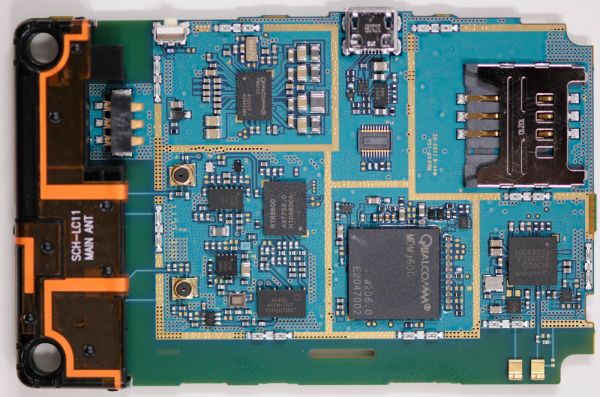
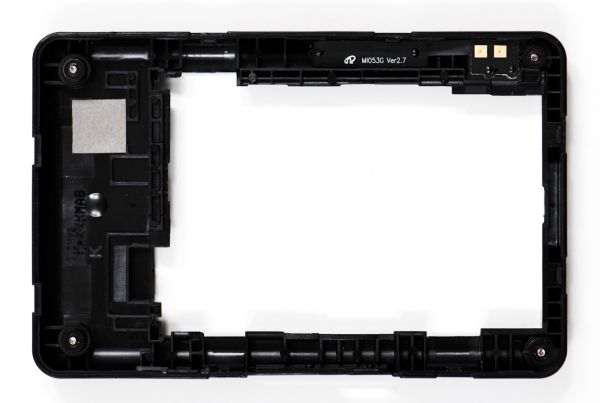
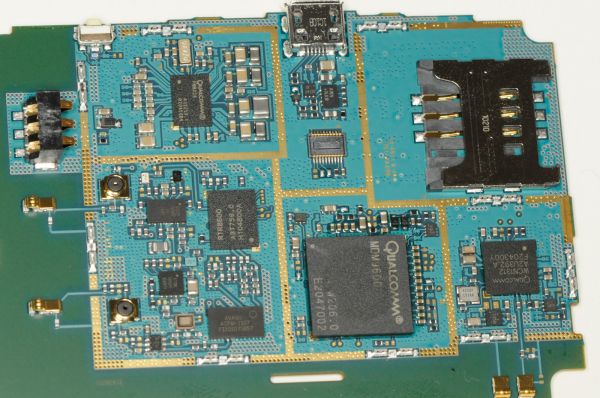
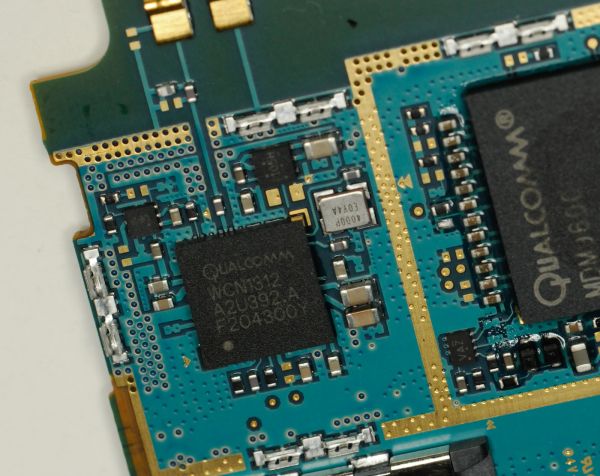
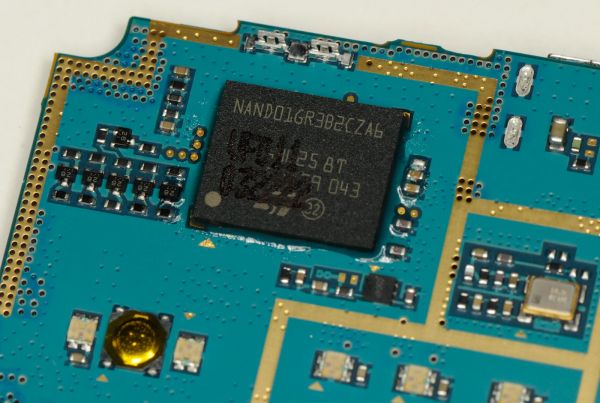














32 Comments
View All Comments
milan03 - Wednesday, April 27, 2011 - link
With my own testing and research, I've reached and exceeded 50mbps using USB tethered ThinderBolt here in NYC. Latency is also in the 50's and I'm extremely happy with the performance.Here are a few videos I've made:
http://www.youtube.com/watch?v=aVC10FMD8kg
http://www.youtube.com/watch?v=ccM_rbfVGDU
http://www.youtube.com/watch?v=YYVfZbmv34U
Brian Klug - Wednesday, April 27, 2011 - link
Wow, 50 Mbps is impressive! I've yet to see anywhere near that - highest was around 39 Mbps for me in Phoenix.-Brian
jigglywiggly - Wednesday, April 27, 2011 - link
WHY IS THIS FASTER THAN MY WIRED DOCSIS CONNECTIONAAAAAAAAAAAAAAAAAAAAAAAAAAAAAAAAAAAAAAAAAAAAAAAAAAAAAAAAAAAAAAAAAAAAAAAAAAAAAAAAAAAAAAAAAAAAAAAAAAAAAAAAAAAAAAAAAAAAAAAAaaaaa
ViRGE - Wednesday, April 27, 2011 - link
Don't worry. Once more than a handful of people are using LTE it won't be...Shared services are great until you have to start sharing them. And there's no sharing quite like sharing a limited RF spectrum.
milan03 - Wednesday, April 27, 2011 - link
Why should anyone be worried? You sound pissed...quiksilvr - Wednesday, April 27, 2011 - link
I'm pretty sure if you pay $50-$80 a month on it you will exceed it...unless on a barrel with Time Warner unzipping...Crazymech - Wednesday, April 27, 2011 - link
Man.. This is kinda.. Embarassing, really!I remember thinking "Pff.. Yea, those speeds? Riiiight" like a year, or one and a half year ago.
This is faster than my fiber connection! And it's wireless, and on a cellphone!..
What's next.. Amazing battery tech that's not "3 to 5 years" away?
Well done, LTE, I'm in awe.
Shadowmaster625 - Wednesday, April 27, 2011 - link
What's next? Cancer for everyone. Yay I cant wait.J_Tarasovic - Friday, May 13, 2011 - link
I am stoked about LTE as well. It really "grinds my gears" that both AT&T and T-Mobile are calling HSPA+ "4G" but I guess that is life, right?I am really waiting for MDM9600 based miniPCI-e WWAN cards. Any idea on this Brian?
Lord 666 - Wednesday, April 27, 2011 - link
The attention to detail is appreciated along with the scope of products tested.Completely agreed about the speed and performance numbers as I have all three; the SCH-LC11 was the best balance, followed by Thunderbolt, and then the Pantec 290 (fastest but limited to USB connection).